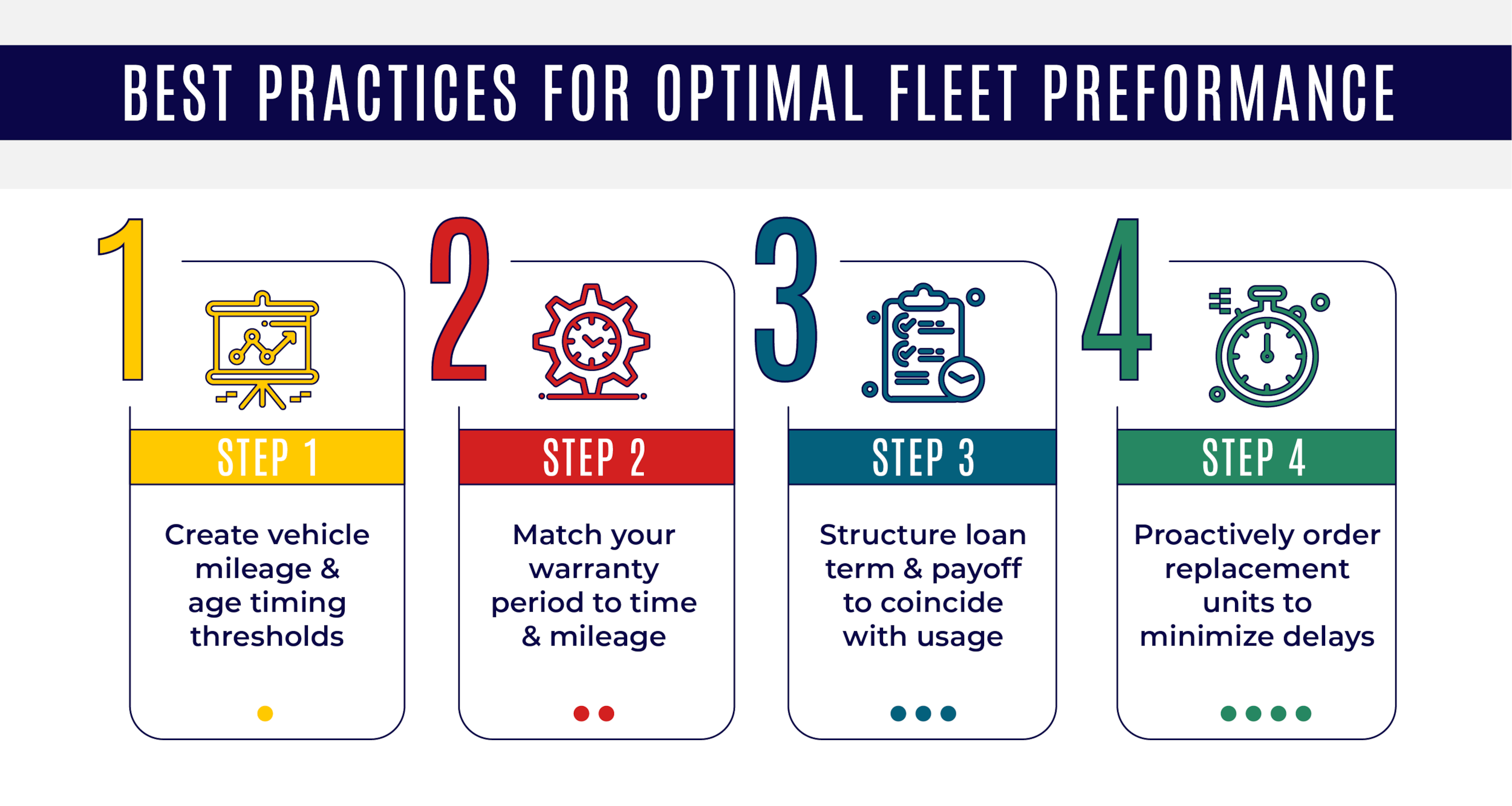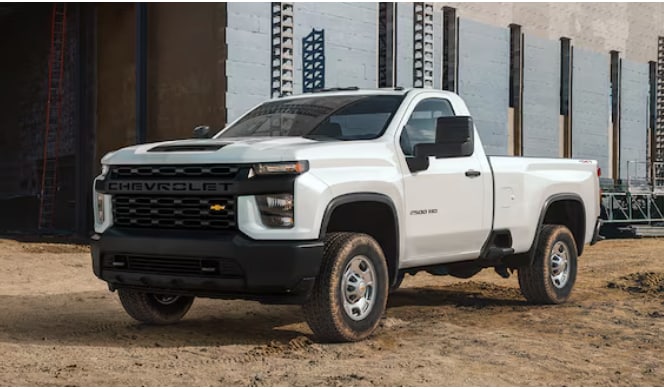
Replacing Your Fleet Vehicles in Sacramento, CA

Welcome to the Future Chevrolet Fleet Page!
We are the premier fleet dealership in the Roseville, Folsom, Rocklin, Lincoln, Davis, and Fair Oaks area. We are here to assist you in finding the right fleet vehicles for your needs. We start off by looking over your current fleet vehicles and assessing your needs and wants. Here are a few questions that we will want you to answer during our analysis:-Do you have a set vehicle age or mileage for replacement or just drive it "until the wheels fall off"?
-When you trade in your vehicles do they have any equity left in them?
-Do you track your maintenance expenses?
-What do you do after you get the title of your fleet vehicles?
Optimal fleet management may seem straightforward-run vehicles until they're no longer functional. However, for business managers and owners, these vehicles represent more than mere transportation. They embody the company's identity and capability. In essence, they're the attire for securing future opportunities, not just sustaining current ones.For many businesses, vehicles serve as revenue generators, facilitating job execution and amplifying brand visibility for attracting new contracts. Whether your fleet comprises sleek sports cars, versatile vans, rugged tractors, or a blend of various types, recognizing the right moment to cease costly repairs and opt for replacement is crucial.

CURRENT TRENDING OF FLEET AGING
In the last two decades, the average age of fleet vehicles in America before being sold or traded has steadily increased. Advancements in comfort and engine technology have allowed these vehicles to maintain their value for longer periods. For instance, in 2000, the average age was 8 years, increasing to 9.5 years in 2008, 11 years in 2015, and 13 years by the end of 2019.While these improvements can save money by extending buying cycles, they also present potential pitfalls. Relying on durable vehicles can breed complacency, leading to overlooked maintenance issues that may ultimately cost the business time, money, and potential customers. Therefore, it's crucial to reassess and find a new balance between profitability and vehicle longevity.Safety remains paramount. It's essential to prioritize regular, thorough inspections, especially for older or heavily used vehicles. Drivers play a critical role as the first line of defense in vehicle safety. They should conduct brief inspections before each use and promptly report any concerns to fleet managers. If a driver suspects a vehicle is unsafe, it should be immediately taken out of service for inspection.IS REPLACING YOUR FLEET VEHICLES WORTH IT?
Business managers and owners often try to avoid purchasing new vehicles due to the higher upfront costs. However, there are instances when replacing an old vehicle with a new one is the most sensible choice. If repair costs and downtime begin to outweigh the expenses of acquiring a new vehicle, it may be financially advantageous to stop repairs and opt for a replacement.To determine if repairs are surpassing the cost of a new vehicle, it's essential to analyze past repair history and project future expenses. Fleet management software can simplify this process by generating repair reports, while manual records might require more time. Calculate total repair expenses, including the cost of vehicle downtime, and estimate future repair costs based on maintenance history. Then, compare these costs with the price of purchasing a new vehicle. Often, investing in a new vehicle can be seen as a relief rather than an expense.Additionally, old fleet vehicles may incur hidden costs. If they appear worn-out and poorly maintained, they could negatively impact your business's image, potentially leading to lost customers to competitors with newer, well-maintained vehicles. First impressions matter, and customers may be deterred from engaging with a business that doesn't present a professional image through its fleet.HOW LONG SHOULD I KEEP MY VEHICLES?
When planning for the future, it's crucial to consider three key factors: "Vehicle Value," "Loan Amount," and "Maintenance Cost." Vehicle Value typically decreases right after purchase, so it may take a few years for the loan balance to match or exceed the vehicle's worth. Additionally, as vehicles age, they require more frequent and costly repairs. Generally, the optimal time to trade in for a new vehicle is around three years of ownership. However, this timing can vary depending on factors like the vehicle's usage and maintenance needs. For instance, well-maintained vehicles primarily used in flat suburban areas typically have lower maintenance costs compared to heavy-duty trucks operating in mountainous terrain. These variables should be carefully considered when deciding the best time to trade in and purchase new vehicles.